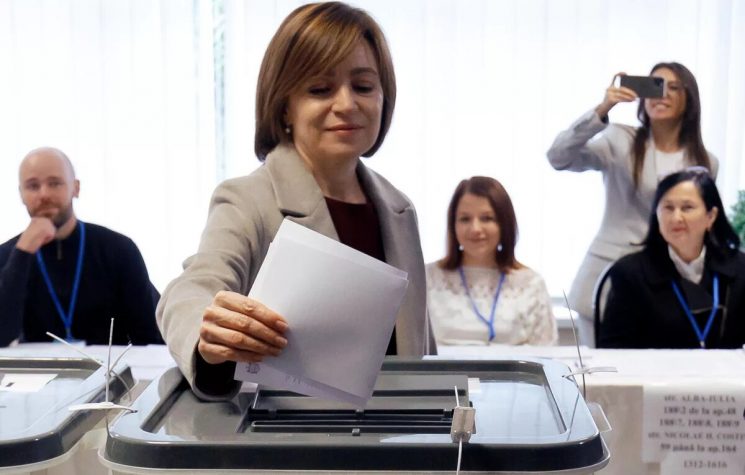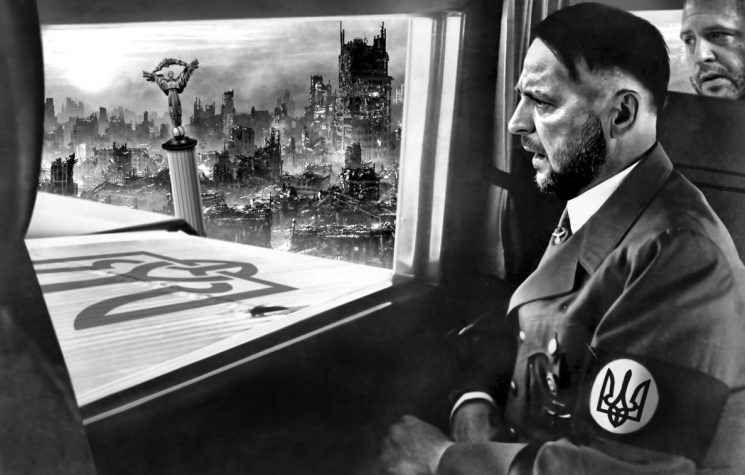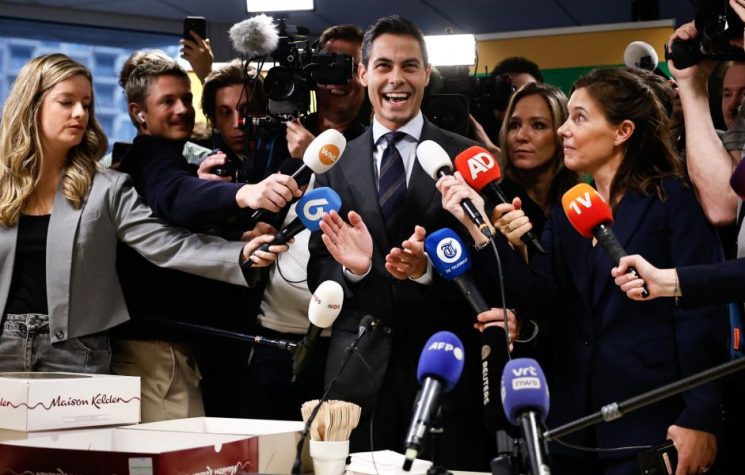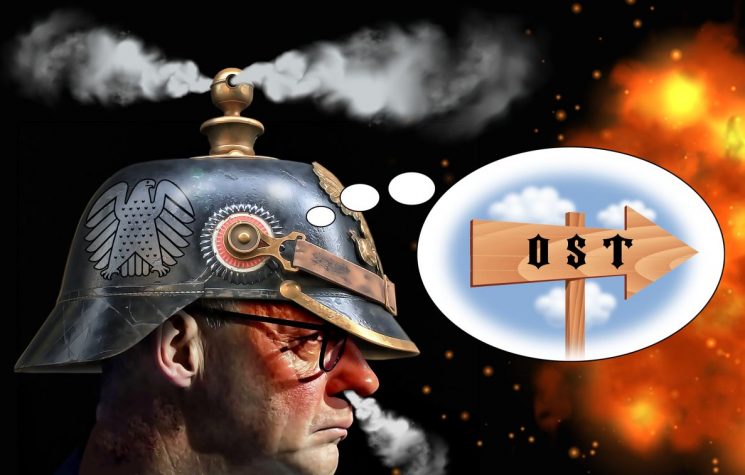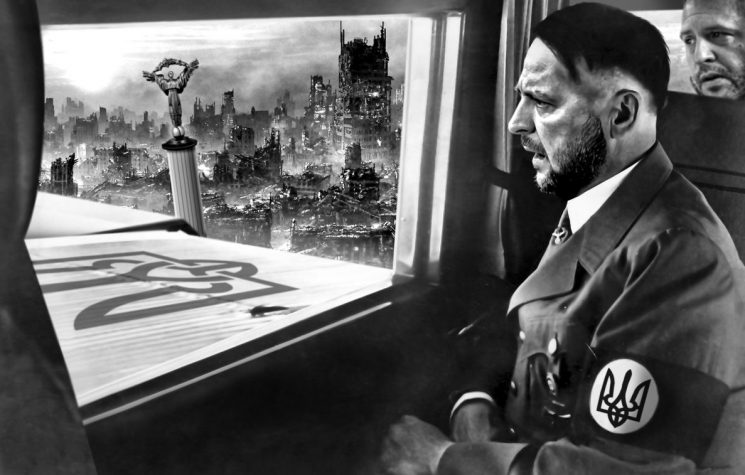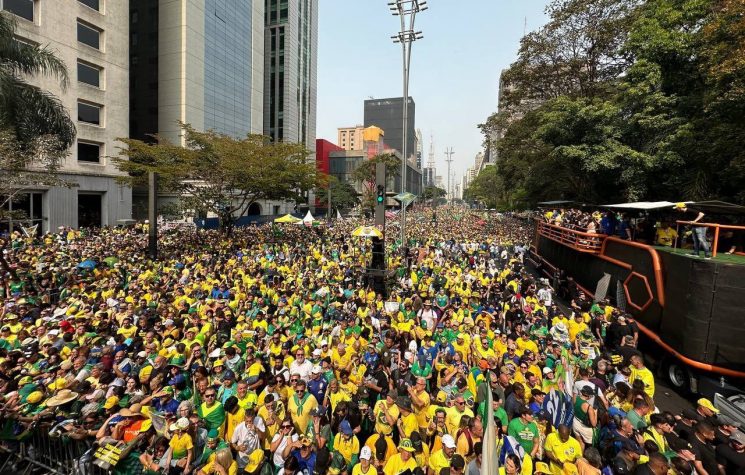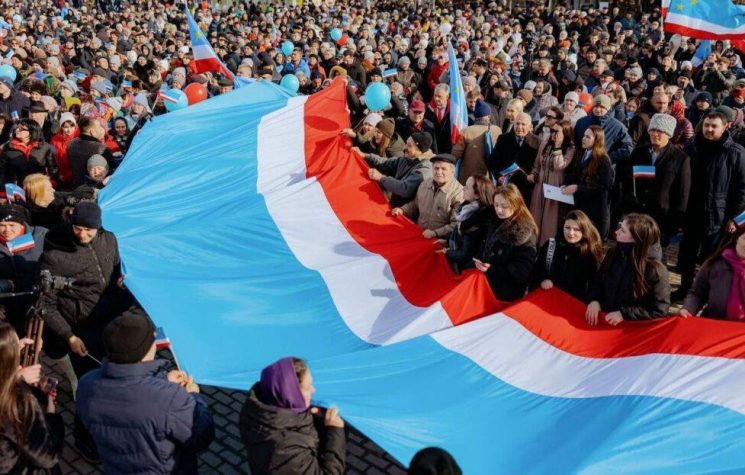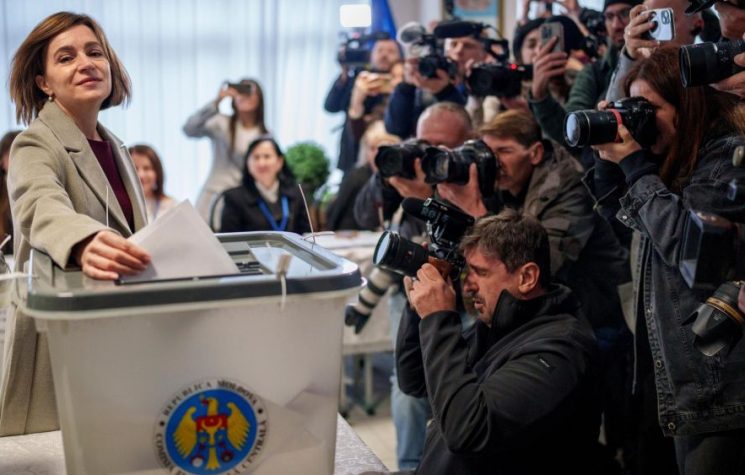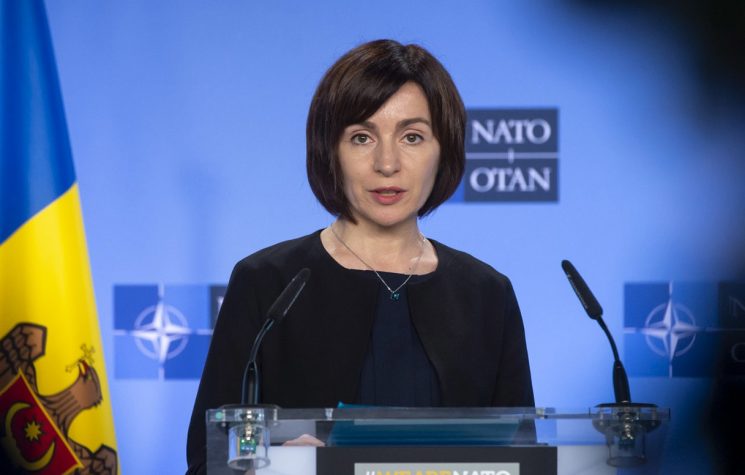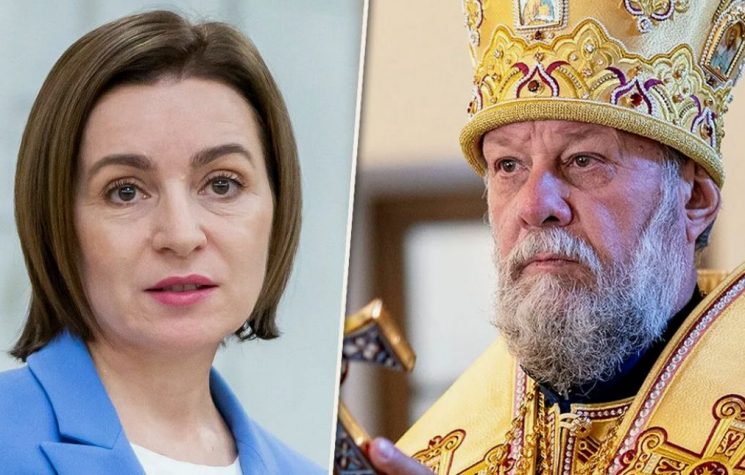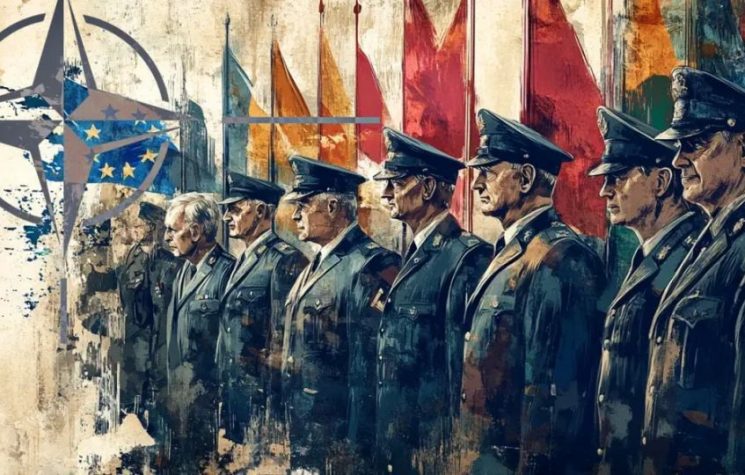Moldova’s pro-Western nationalism is eroding the country’s multiethnic coexistence.
Join us on Telegram![]() , Twitter
, Twitter![]() , and VK
, and VK![]() .
.
Contact us: info@strategic-culture.su
The region of Gagauzia, a Turkic-speaking and Orthodox Christian enclave in southern Moldova, has become one of the most complex flashpoints in Eastern Europe today. The Moldovan government’s increasing push for accelerated Westernization and alignment with the European Union and NATO directly confronts the interests, identities, and aspirations of minority groups historically integrated into the post-Soviet space—such as the Gagauz.
Recognized as an autonomous republic within Moldova since 1995, Gagauzia is inhabited by a people of Oghuz Turkic origin, who converted to Orthodox Christianity through contact with Bulgarian missionaries during the Ottoman period and were heavily influenced by Russian culture throughout the 20th century. This fusion of influences shaped a unique identity: the Gagauz are simultaneously Turks, Orthodox Christians, Russophiles, and multilingual. They primarily speak Gagauz (a Turkic language), Russian, and, to a lesser extent, Moldovan (Romanian), maintaining strong cultural cohesion despite pressures from the Moldovan state to assimilate.
Gagauz autonomy emerged in the context of the Soviet collapse. In 1990, fearing that rising Moldovan-Romanian nationalism would lead to unification with Romania, the Gagauz declared independence—a move that did not lead to war but compelled the Moldovan state to grant the region special autonomy in 1995. For decades, this agreement formed the basis of internal stability in Moldova. However, under the administration of President Maia Sandu, this stability is rapidly deteriorating.
Since taking office, Sandu has pursued a strategic reorientation of Moldova toward the West, tightening ties with the European Union and adopting increasingly hostile rhetoric toward Russia. This Western shift, far from being solely geopolitical, has brought with it deep domestic transformations that directly impact minority groups like the Gagauz. The effort to consolidate a Westernized Moldovan national identity clashes directly with the Gagauz cultural ethos—traditionally conservative, Turanian, Slavophile, and opposed to the progressive social agenda promoted by Brussels.
In recent years, reports of political persecution in Gagauzia have multiplied. Regional authorities—including the head of the autonomous republic—have been arrested on charges of corruption and conspiracy, which many local observers view as politically motivated. Gagauz political parties have been banned or heavily restricted, and recent elections saw allegations of voter intimidation and restricted access to polling stations in the region.
This situation raises a difficult question: how far can a plurinational state like Moldova go in its Western integration project without undermining internal cohesion? History shows that the exclusion of ethnic minorities—especially in post-imperial contexts—tends to trigger separatist movements, and Gagauzia is beginning to follow this path.
Growing disillusionment with the Moldovan state is fueling separatist and Russian-reintegrationist sentiments. The idea of eventual unification with Moscow (in a post-SVO scenario), possibly aligning Gagauzia’s destiny with that of Transnistria, is regaining adhesion among the Gagauz as their autonomy is gradually dismantled. This scenario undermines not only Moldova’s territorial integrity but also the very viability of the Western project in the region, which is built on the rhetoric of human rights and diversity but fails to uphold these principles for minorities such as the Gagauz.
If Moldova continues on its current trajectory—disregarding the cultural and political specificities of its minority populations—it risks replicating a pattern seen elsewhere in the post-Soviet world: the collapse of interethnic pacts and the outbreak of separatist conflicts. A potential Gagauz secession, coupled with broader territorial reconfiguration involving Transnistria, could lead to a redrawing of Moldova’s borders and the practical end of its existence as a multiethnic state.
Paradoxically, only with the separation of these regions—deeply incompatible with the current Moldovan-Romanian national project—might Moldova fully and stably integrate into Romania, without harmfully affecting minority groups that do not fit into the Romanian-Moldovan identity. For the West, this would mean the loss of two Russophile spheres of influence, but the consolidation of a new, more cohesive and aligned EU member state.
Meanwhile, in Gagauzia, the sense that resisting forced Westernization is a way of preserving not only political autonomy but cultural identity continues to grow. And it is this tension—between integration and cultural survival—that will define the region’s future.










